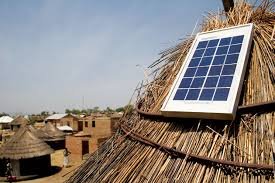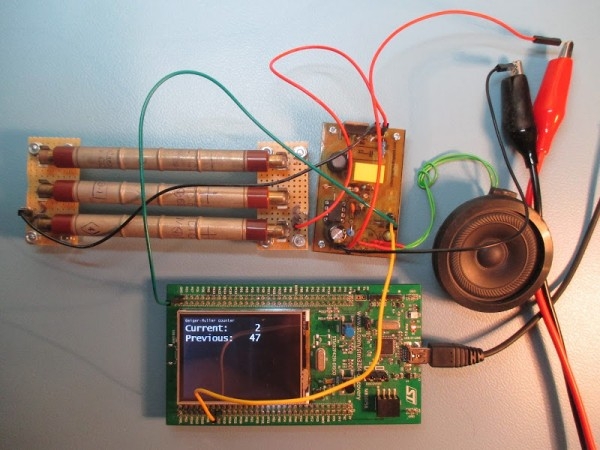Solar powered wireless Arduino based Geiger counter porject.
Hello, I have plans to build myself a solar powered wireless Geiger counter using a RH Electronics Arduino IDE Geiger counter connected via a serial connection through a logic level converter to a 3.3V ATmega328P-AU Pro MCU with an ESP8266 serial WiFi tranceiver to send the readings from the Geiger counter to radmon.org.I intend to […]
Solar powered wireless Arduino based Geiger counter porject. Continue Reading



